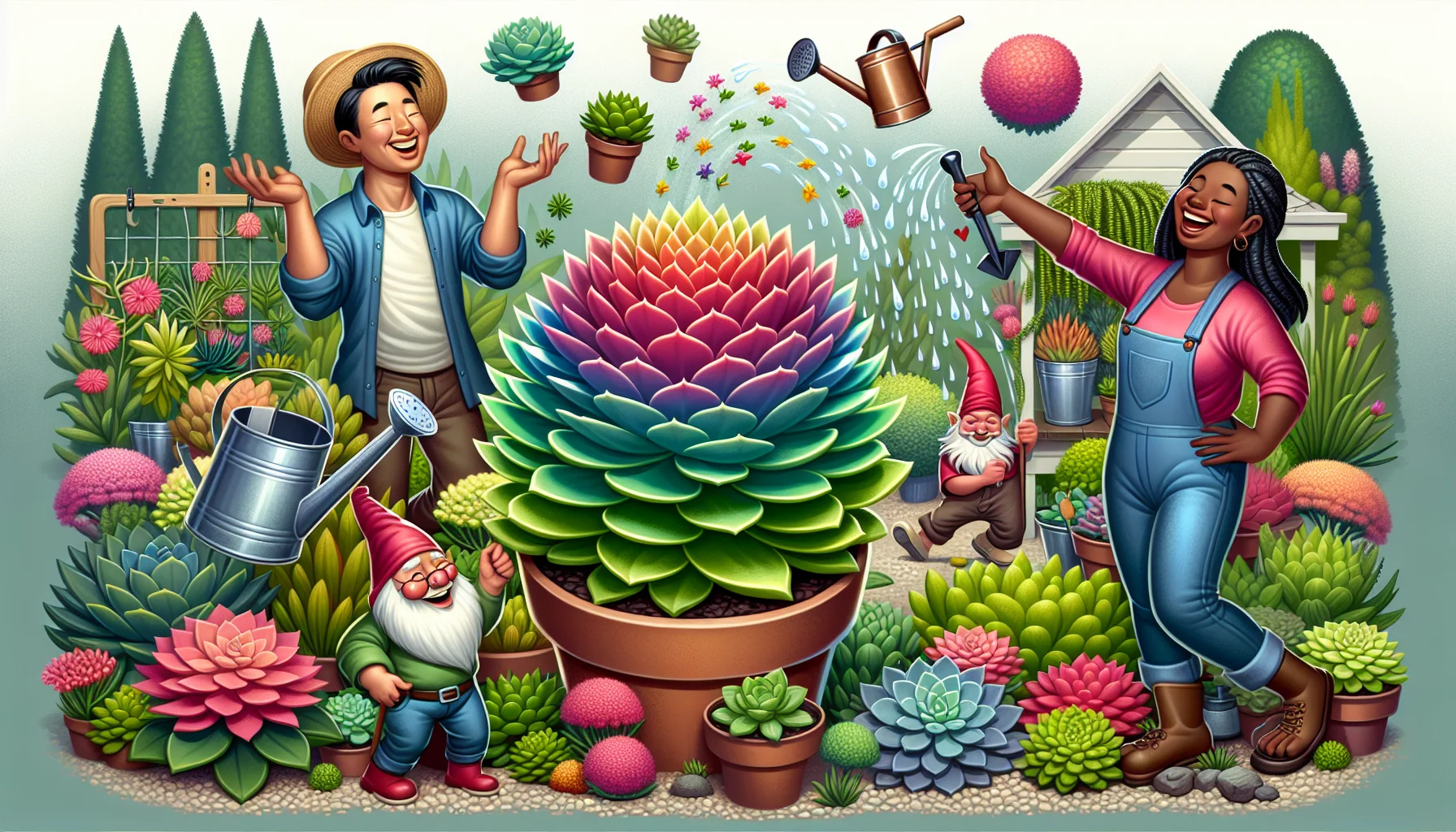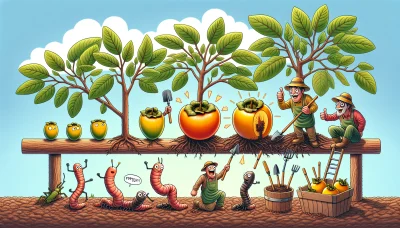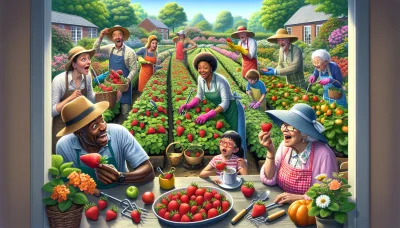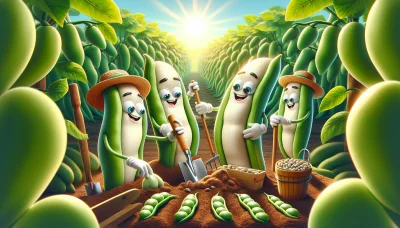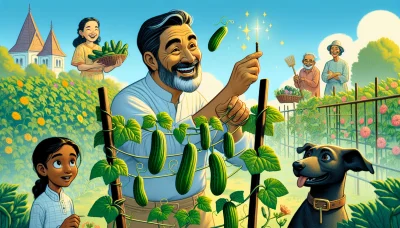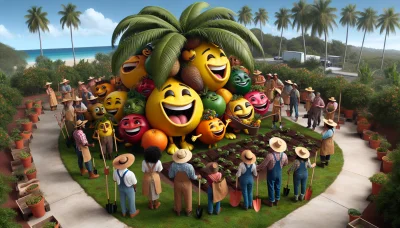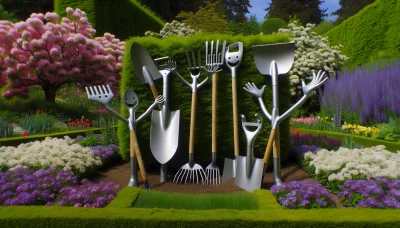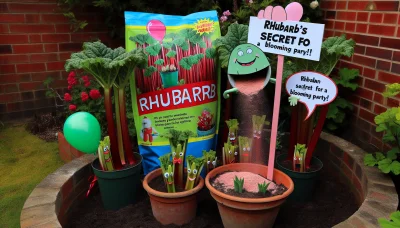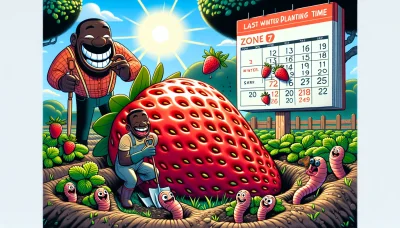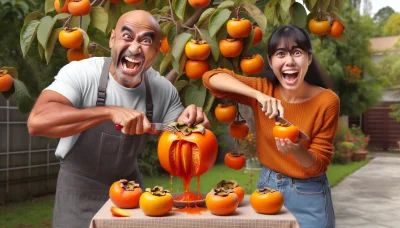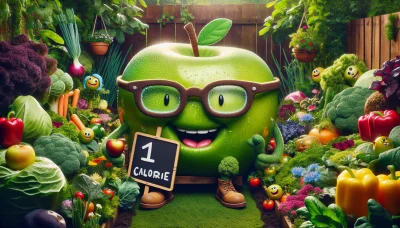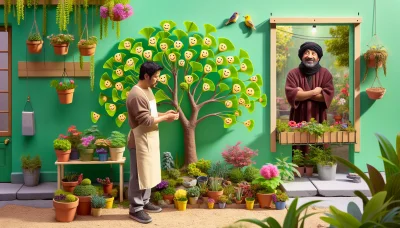Sedum succulent care Quiz
Test Your Knowledge
Question of
Introduction to Sedum Succulent Care
Sedum, commonly known as Stonecrop, plays a pivotal role in gardening, especially for those seeking drought-tolerant, low-maintenance plants. These succulents are not only revered for their hardy nature and ability to thrive in poor soil but also for their diverse array of colors, shapes, and sizes that add aesthetic value to gardens. Proper care for sedum involves ensuring they receive ample sunlight, are planted in well-draining soil, and are watered sparingly, as their succulent leaves store water to help them withstand dry conditions. Understanding the specific needs of sedum can lead to a thriving garden display that requires minimal upkeep.
Types of Sedum Succulents
- Sedum Autumn Joy - Known for its sturdy, upright stems and broad, flat flower heads that start pink and age to a rich copper in fall.
- Sedum Angelina - Features electric yellow-green foliage that turns orange in the fall, offering a striking contrast to other plants.
- Sedum Blue Spruce - Named for its resemblance to spruce needles, this sedum has blue-green foliage and yellow flowers in summer.
- Sedum Dragon’s Blood - Notable for its green leaves that turn deep red in fall and summer, complemented by star-shaped red flowers.
- Sedum Coral Carpet - A low-growing sedum with small, salmon-pink leaves that intensify to bright coral-red in the summer.
- Sedum Reflexum - Also known as blue stonecrop, it sports blue-green needle-like leaves and yellow blooms in summer.
- Sedum Spurium - Often used as ground cover, it has small, scalloped leaves and produces pink to purple flowers in summer.
Ideal Growing Conditions for Sedum Succulents
Sedum succulents, also known as stonecrops, are popular for their easy care and beautiful appearance. To ensure they thrive, it's important to provide them with their ideal growing conditions. These include specific requirements for light, soil, and water.
- Light: Sedum succulents prefer full sun to partial shade. They need at least 6 hours of sunlight each day to maintain their vibrant colors and compact growth form.
- Soil: Well-draining soil is crucial for sedum succulents. A mixture specifically designed for cacti and succulents works well, or you can amend regular potting soil with sand or perlite to improve drainage.
- Water: These plants are drought-tolerant and require minimal watering. Allow the soil to completely dry out between waterings, and then water deeply. Overwatering can lead to root rot, so it's better to err on the side of too dry rather than too wet.
Planting and Propagation
Sedum succulents, also known as stonecrop, are easy to grow and propagate, making them a favorite among garden enthusiasts. To plant sedum, start by choosing a location that receives full sun to partial shade. These hardy plants prefer well-draining soil, so consider amending your garden bed with sand or gravel if your soil is too compact or clay-heavy. When planting sedum, space the plants about 6 to 12 inches apart to allow for adequate air circulation and room for growth.
Propagating sedum is just as straightforward. You can propagate these succulents by leaf cuttings, stem cuttings, or division. For leaf cuttings, simply detach a leaf from the plant and let it callous over for a few days before placing it on top of well-draining soil. For stem cuttings, cut a stem from the plant, let it dry for a day or two, then plant it in soil. To propagate by division, gently separate the plants at the roots during their dormant season and replant them. With minimal effort, these cuttings or divided plants will soon take root and grow into new sedum plants, expanding your garden with vibrant textures and colors.
Common Pests and Problems
Sedum succulents are popular for their easy care and beautiful appearance, but they can encounter several issues. Identifying these problems early and knowing how to address them is key to keeping your plants healthy.
- Overwatering: Sedums are drought-tolerant and can suffer from root rot if overwatered. Ensure proper drainage and allow the soil to dry out between waterings.
- Pests: Aphids and mealybugs can be a problem. Gently wipe the pests off with a damp cloth or use an appropriate insecticidal soap.
- Powdery Mildew: This appears as a white, powdery coating on leaves. Improve air circulation around your plants and reduce overhead watering to prevent it.
- Sunburn: While sedums love sunlight, too much direct sun can cause sunburn. If you notice scorched leaves, move your plant to a location with partial shade, especially during the hottest part of the day.
- Frost Damage: Most sedums are frost hardy, but sudden frosts can damage them. Use frost cloths or move potted sedums indoors during unexpected cold snaps.
Winter Care for Sedum Succulents
As the colder months approach, it's important to give your sedum succulents the right care to ensure they thrive despite the drop in temperature. Sedums are generally hardy, but frost and overwatering during winter can still pose significant threats. To protect your sedums from frost, consider moving potted plants indoors or to a sheltered area. For sedums planted in the ground, covering them with frost cloth or burlap can provide an extra layer of insulation against cold snaps. Watering needs decrease significantly during winter, as sedum plants enter a dormant period. It's crucial to let the soil dry out completely between waterings to prevent root rot, which is more prevalent during cooler, wetter months. By following these simple steps, your sedum succulents can emerge from winter healthy and ready for spring growth.
Frequently Asked Questions
| Question | Answer |
|---|---|
| When do sedum succulents typically bloom? | Sedum succulents usually bloom in late summer to early fall, though this can vary depending on the species and growing conditions. |
| How often should I repot my sedum succulent? | Repot your sedum every 2-3 years or when you notice it has outgrown its current pot. Spring is the best time to repot for most sedum species. |
| What is the best soil mix for sedum succulents? | A well-draining soil mix is crucial. A mixture of potting soil, coarse sand, and perlite in equal parts is ideal for sedum succulents. |
| How can I prevent diseases in my sedum succulents? | Ensure good air circulation, avoid overwatering, and remove any dead or decaying leaves from the plant and soil surface to prevent fungal diseases. |
| Can sedum succulents survive frost? | Many sedum species are frost-hardy and can survive cold temperatures, but it's best to check the specific requirements for your sedum variety. |
